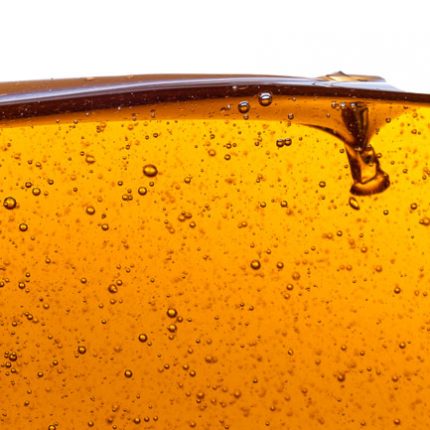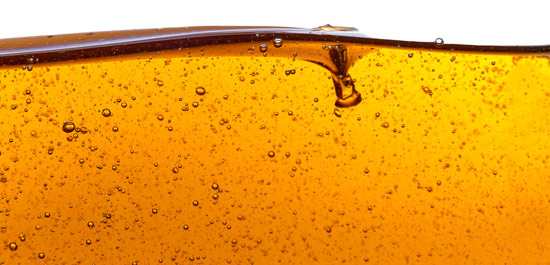Lubricants

LUBRICANTS
PETROLAND has a professional team for Lubricant business mainly focusing in Base Oils and Industrial Lubricants – based on below three categories:
Synthetic Base Oil
Polyalphaolefin oil
Advances in automobile manufacturing and other industries have necessitated the use of high-quality lubricants. PAO oils have unique properties that fully justify their use in the production of some categories of lubricants. The structural similarity to mineral base oils, wide viscosity range, applicability in the production of all types of lubricants and, most importantly, ultra-high performance, have led to the increasing use of these types of base oils in high-quality lubricants. The general structure of this compound is presented in the following scheme. These base oils are used in the manufacture of all types of motor oils as well as gear, hydraulic, heat transfer and industrial lubricants.
Ester Base oil
Due to their chemical structures, these fluids have unique properties. Resultantly, many of them are suitable for use in the lubrication industry. These fluids are used in turbine oil, compressor oil, gear oil, two-stroke oil and Aviation industry. Some properties of these fluids include good lubrication, low volatility, better solubility than Group II, III and PAO base oils (due to their polarity) and sealant compatibility.
Polyalkylene glycol oil
AGS are commonly used in quenching fluids, metalworking fluids, gear oils, chain oils, food-grade lubricants and as lubricants in HFC type hydraulics and gas compressor equipment. Properties that PAGs offer include; high lubricity, low traction properties, high viscosity index, controlled quenching speeds, good temperature stability and low wear. They are available in both water soluble and insoluble forms, and in a wide range of viscosity grades.
Mineral Base Oil
Base Oil GII
Group II base oils are defined as being more than 90 percent saturates, less than 0.03 percent sulfur and with a viscosity index of 80 to 120. They are often manufactured by hydrocracking, which is a more complex process than what is used for Group I base oils.
Base Oil GIII
Group III base oils are greater than 90 percent saturates, less than 0.03 percent sulfur and have a viscosity index above 120. These oils are refined even more than Group II base oils and generally are severely hydrocracked (higher pressure and heat).
Industrial Lubricants
-
-
- Transformer Oil
- Compressor Oil
- Metal Working Oil
- Grease
- Hydraulic Oil
- Heat transfer Oil
- Agricultural & Farm Oils
- Transmission Oils
-

